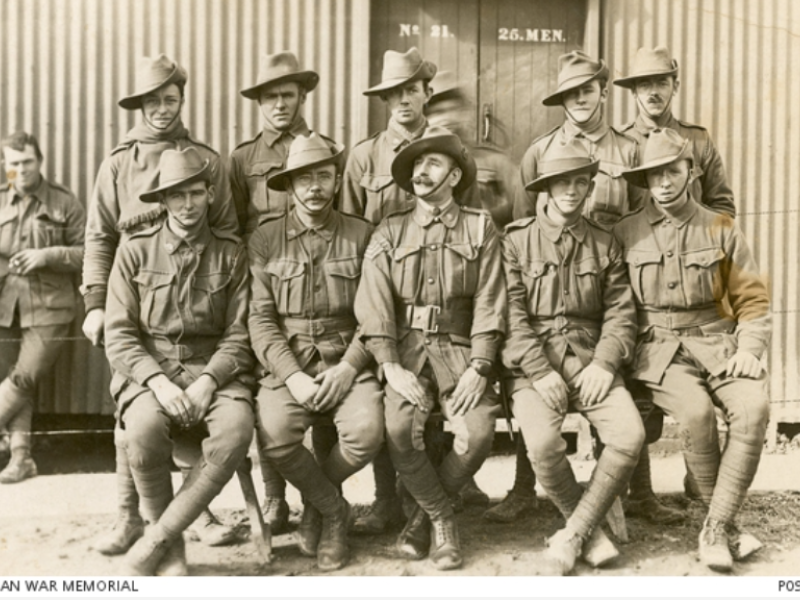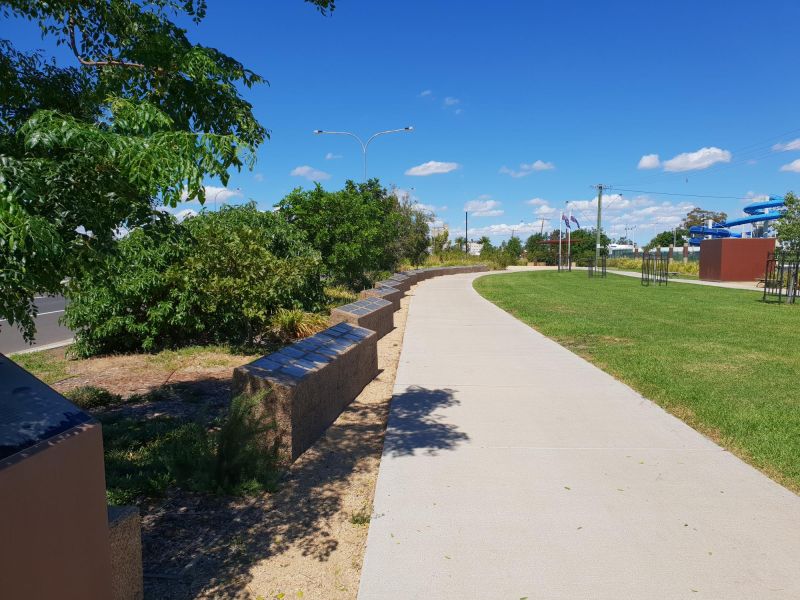Private William Clifford McMaster, 33rd Battalion, AIF
Today we remember and pay tribute to Private William Clifford McMaster.
William McMaster was born on the 25th of October 1893 in Boomi, a town in north-western New South Wales, the son of Hugh and Charlotte McMaster. Known to family and friends as “Cliff”, he attended Boomi Public School, and went on to work with his brother Henry as a shearer in Boomi.
The brothers enlisted in the Australian Imperial Force together on the 24th of July 1916. They trained, travelled and ultimately fight together on the Western Front.
In early September, the McMaster brothers were allotted to the 5th reinforcements to the 33rd Battalion.
Embarking at Sydney on the 17th of November, they arrived at England, and by late January had joined the 9th Training Battalion.
The brothers proceeded to France in early April 1917, and were taken on strength of the 33rd Battalion late in the month.
The battalion had been occupying a section of the line around Armentieres a “nursery sector” where the men were introduced to life on the European battlefield. Although the battalion gained some experience of combat, its first major battle did not come until mid-1917, by which time the focus of British operations had shifted to the Ypres sector in Belgium.
This first battle came at Messines when 33rd Battalion was amongst those leading the 3rd Division's assault. After a number of mines had been exploded in front of their positions, the assault began.
The 33rd went in near Ploegsteert Wood, having been chosen especially for the position due to its danger. Despite suffering around 200 casualties from allied gas-shells that had dropped short, the battalion went over the top at the appointed time and secured their objective. After the battle, the battalion remained at the front, holding the ground they had gained, enduring almost constant shelling.
But even success came at a terrible cost. The battalion’s casualties in this battle amounted to 92 killed in action or died of wounds, and 260 wounded; the heaviest they would suffer during the way.
Amongst the dead was William McMaster, who had fallen in action on the 10th of June. He was 23 years old.
While there is no way to confirm the family legend that William’s brother Henry was beside him when he was killed, we do know that the task of sharing the news of William’s death fell to his brother. Not long after the battle, Henry sent a telegram cable home to Boomi that read: “Please tell mother Cliff killed in action”.
After being wounded in 1918, Henry survived to return to Boomi after the war, and re-enlisted for service at the outbreak of the Second World War.
Today, William McMasters remains lie buried in Toronto Avenue Cemetery in Belgium. His photo is on display in the Boomi Memorial Hall and he is commemorated at Moree Anzac Centenary Memorial Park.
Duncan Beard, Military History Section
Image: Studio portrait of members of the 33rd Battalion. Front row, far left, is Pte Daniel George Orman; the others are unidentified, 1917.
- Australian War Memorial https://www.awm.gov.au/collection/P10251846

 Australian War Memorial
Australian War Memorial